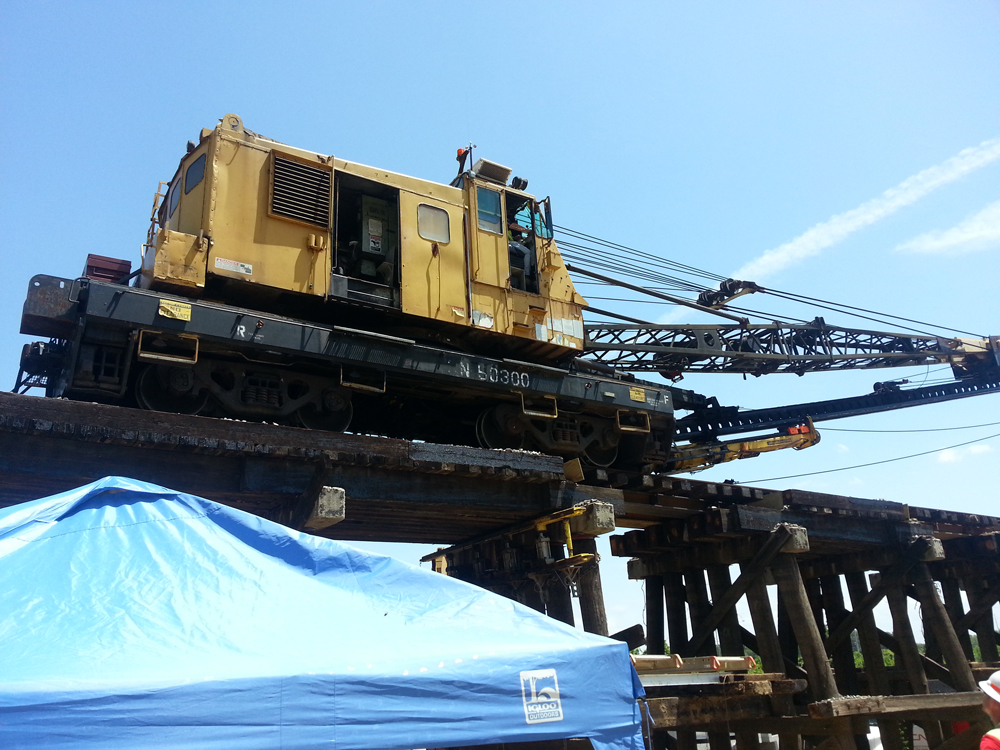Nondestructive Testing Methods for Railroad Tunnel Lining Inspection
The structural integrity within railroad tunnel linings is critical in order to address structural repair needs in a timely fashion. Since tunnels are naturally in an aggressive environment that is not conducive to lane closures, early detection that leads to preventive maintenance is a necessity. The proposed research investigates methods of nondestructive testing techniques that can enhance tunnel damage detection.
(Sponsor: AAR)
Improved Safe Fatigue Life Estimations
This project aims to provide a more rational approach for estimating the remaining safe fatigue life of railroad bridge members than what is currently available in the AREMA Manual for Railway Engineering. Implementation of the anticipated results from the proposed research will allow railroads to better manage their economic resources for bridge maintenance and replacement, particularly in light of the desire to allow heavier rail traffic.
(Sponsor: AAR)
Vehicle-Bourne Autonomous Railroad Bridge Impairment Detection Systems
There are a large number of timber railroad bridges currently being employed across North America. A significant amount of these structures have been in operation for a number of years and need to be inspected frequently. The primary inspection method involves visually examining components of the bridge and assessing the damage. This process is typically performed by experienced and trained personnel. The research being conducted is envisioned as a complementary enhancement to these visual evaluation methods by providing system-wide trending data for human decision makers. The objective is to develop technology that will autonomously detect structural impairments in timber railroad bridges using data gathered from rail vehicles that cross the bridges. This could be accomplished by measuring the motions of the bridge and the railcar as it passes over the bridge. Neural networks are a type of pattern recognition technology that can be used to determine a relationship between the bridge and vehicle behaviors. Once a relationship is established, a new railcar motion can be presented to the network and the corresponding bridge behavior could be provided. The output value can be compared to code limits to determine if the bridge is safe for operation.
(Sponsor: USDOT)


